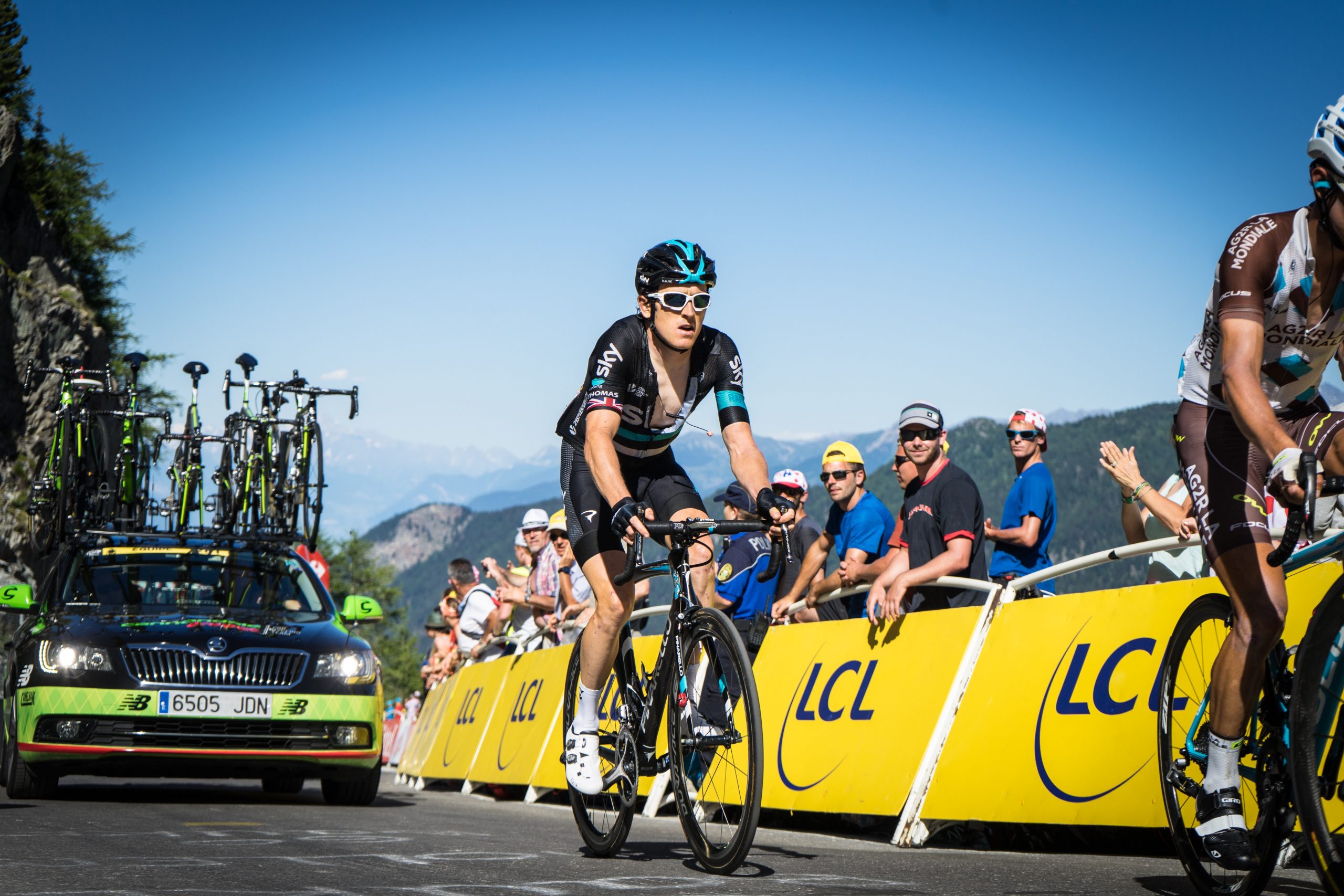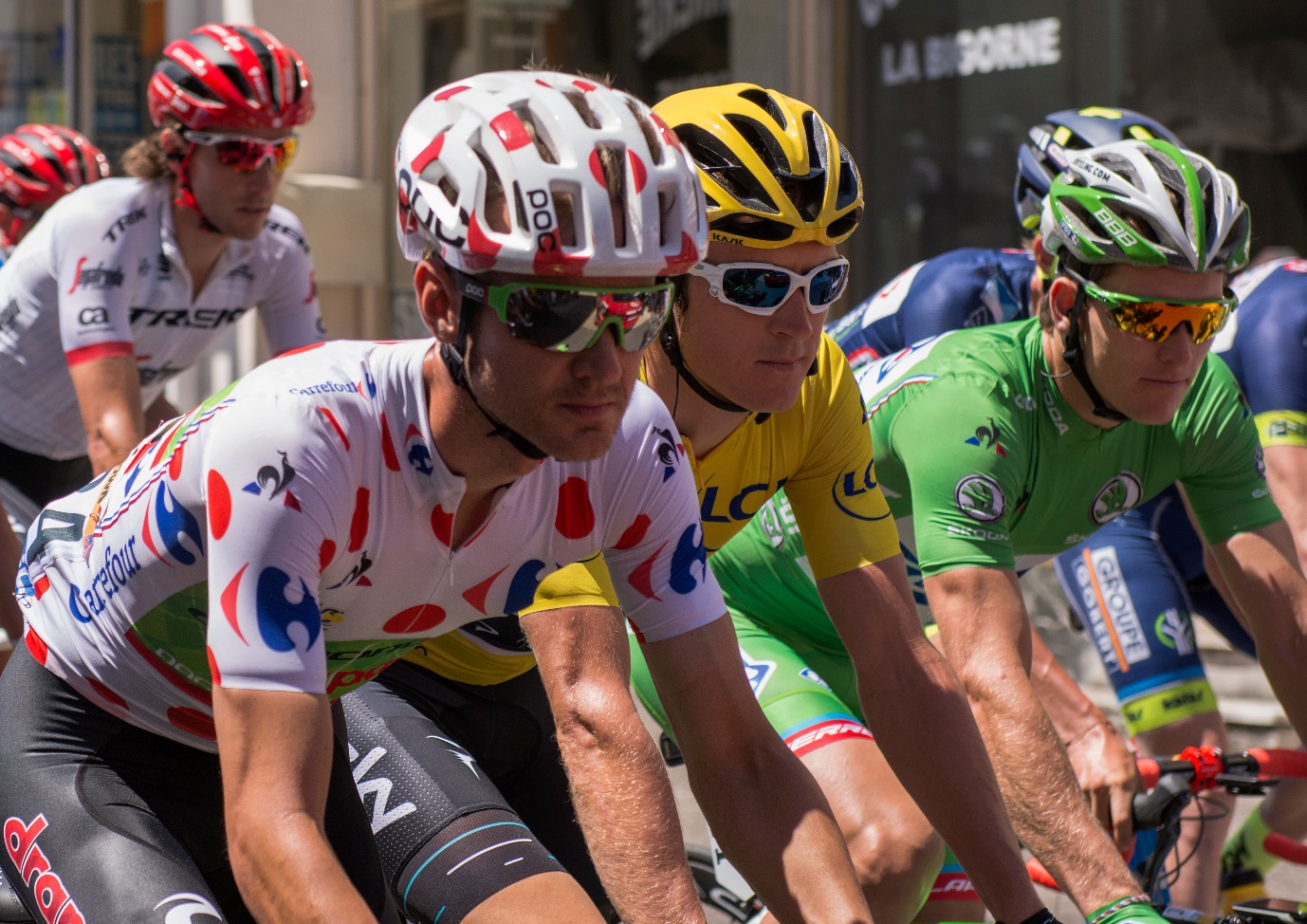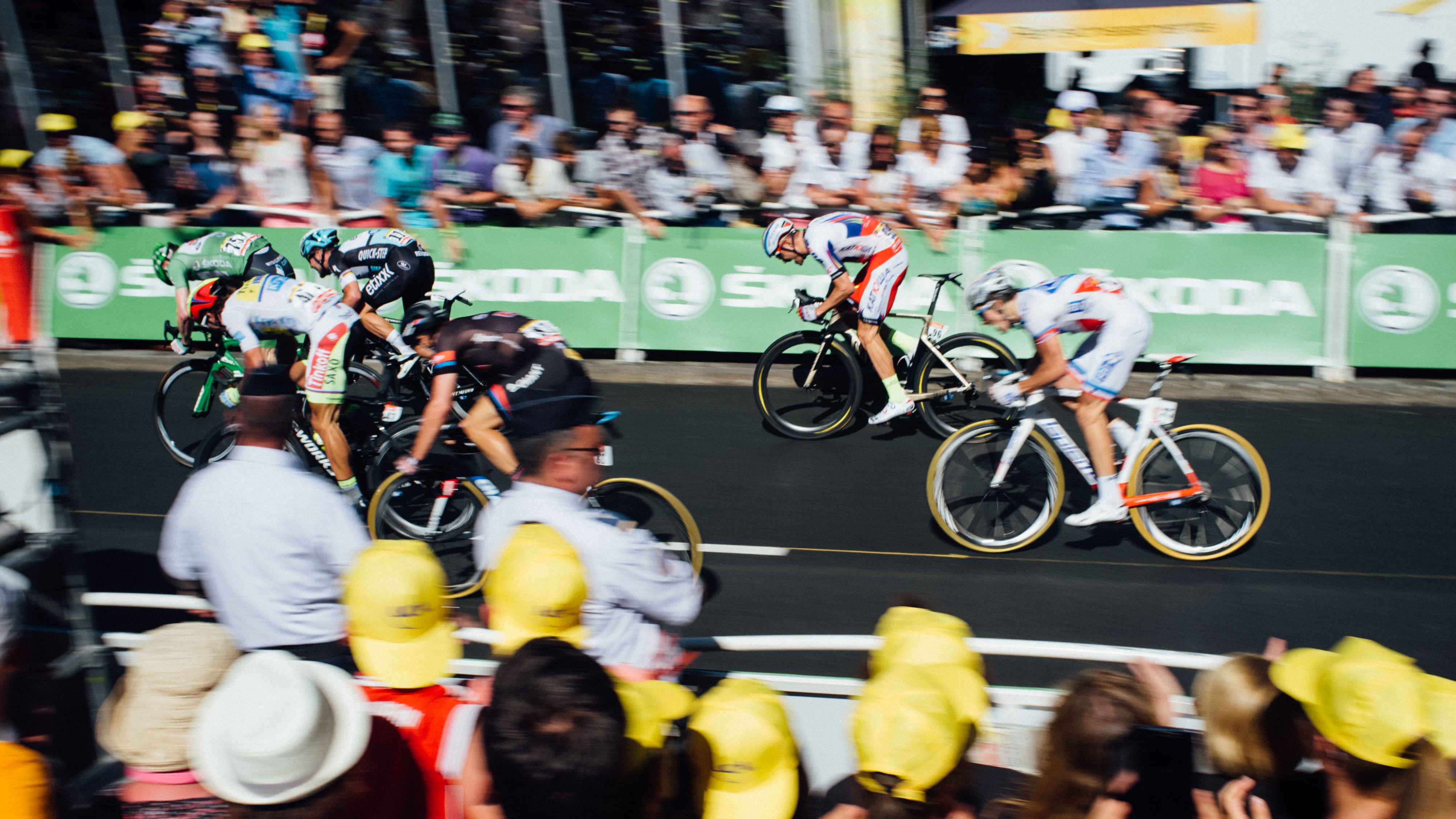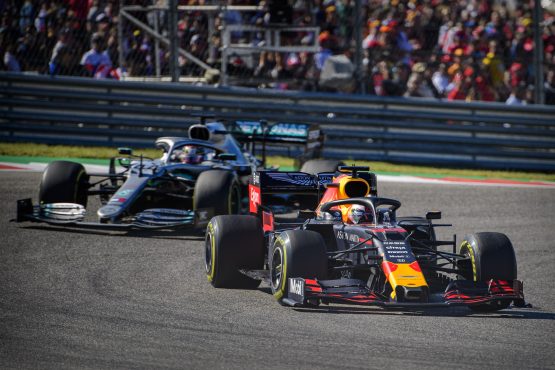The 2020 Tour de France is underway, and, after six stages, Britain’s Adam Yates, who was a massive outsider pre-race – according to the Tour de France 2020 betting odds – is currently leading the General Classification.
If you’ve been watching the 107th edition of the world’s toughest bicycle race, and been left wondering what the different jerseys mean, then ponder no more, as we’re about to take you through all you need to know. Read on to find out more!
Yellow Jersey
The illustrious Tour de France yellow jersey is one of the most sought-after things in the entirety of cycling. The maillot jaune is given to the rider who tops the General Classification after each stage, and just wearing it for a stage, or two, is considered a massive honor by any professional cyclist. However, who wears the jersey isn’t decided on the winner of the previous stage, instead it is determined on the rider’s overall times. Wearing the yellow jersey makes that cyclist a target, rival teams will work together to bring down the leader at every opportunity, so they need to an all-rounder with the ability to climb and sprint. Belgian cyclist Eddy Merckx, who has won the Grand Boucle a record-equalling five times, holds the record for wearing the jersey the most, with a total of 96 days.
Green Jersey
Whilst the yellow jersey is given to the general leader of the tour, the green jersey is given to the points leader. The Points Classification was introduced to the Tour de France as a secondary competition in 1953. Points are awarded to high finishes in stages, as well as winning intermediate sprints – which is why the maillot vert is often considered the “sprinters jersey”! The amount of points awarded depends on the stage, for example a first place in a “flat” stage finish is worth 50 points, whilst the winner of a “hilly finish/medium mountain” will be awarded 30, and so on. Slovakian Peter Sagan has won the green jersey the most with seven victories between 2012 and 2019.
Polka Dot Jersey
The white and red polka dot jersey is awarded to the leader of the Mountains Classification. The secondary competition started in 1933, with the polka dot jersey being introduced sometime later in 1975. Points are determined by which rider reached the summit of designated climbs on each stage. The amount of points given is determined on the difficulty of the climb, which are divided into four difficulties – category one being the hardest and four the easiest. Some of the hardest climbs are listed as “uncategorised” (hors catégorie). These have their own points system and are often worth more than category one wins. French cyclist Richard Virenque has been crowned the ‘King of the Mountains’ the most, winning the jersey seven times between 1994 and 2004.
White Jersey
The white jersey is given to the leader of the young rider classification. Simply, it is awarded the youngest rider with the lowest overall time in the General Classification. The secondary competition was introduced to the Tour de France in 1975, and riders under the age of 26 are eligible for the maillot blanc. Often white jersey winners will go on to get their hands on the yellow jersey.
—
There are also awarded for Team Classification and Combativity. However, these aren’t award with a coloured jersey.
Add The Sports Daily to your Google News Feed!









